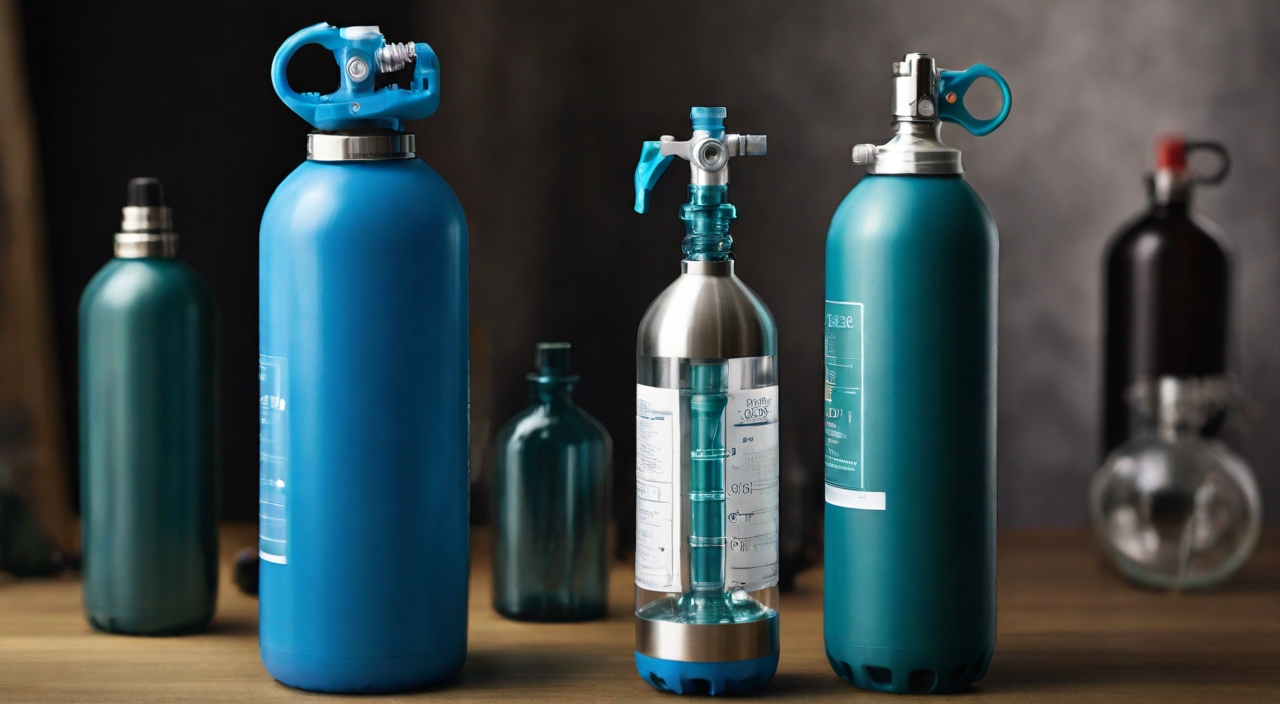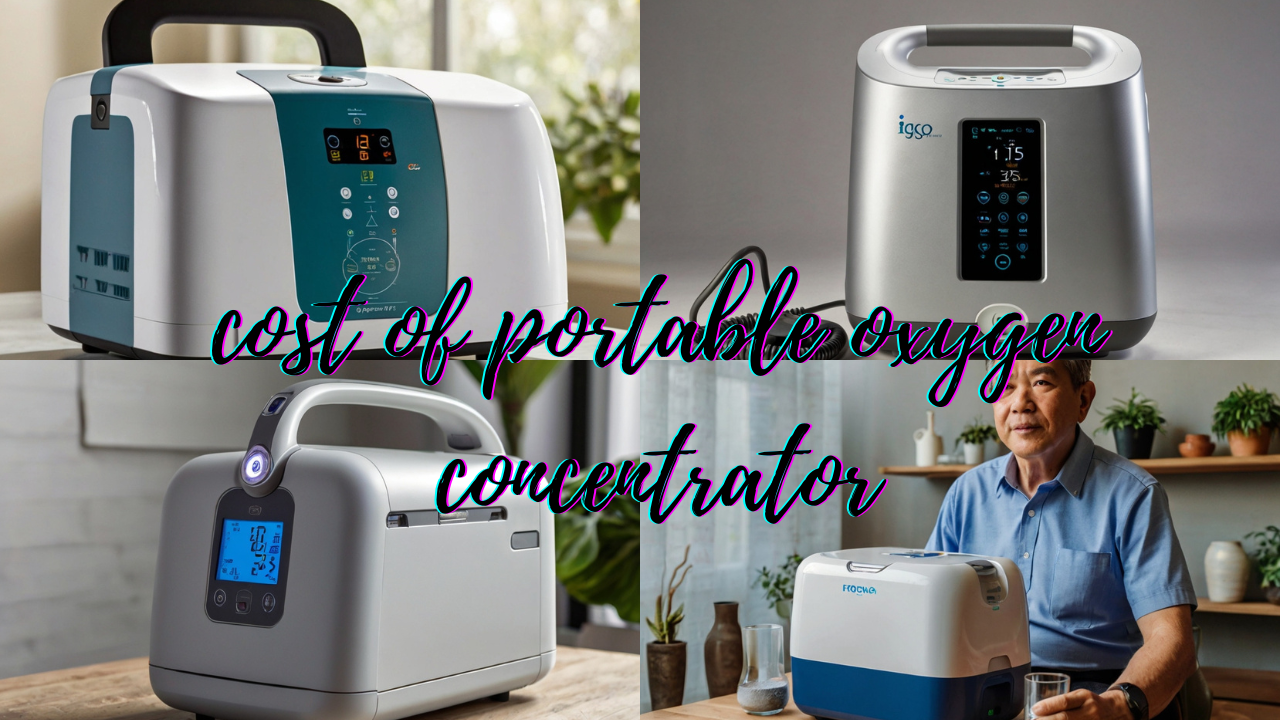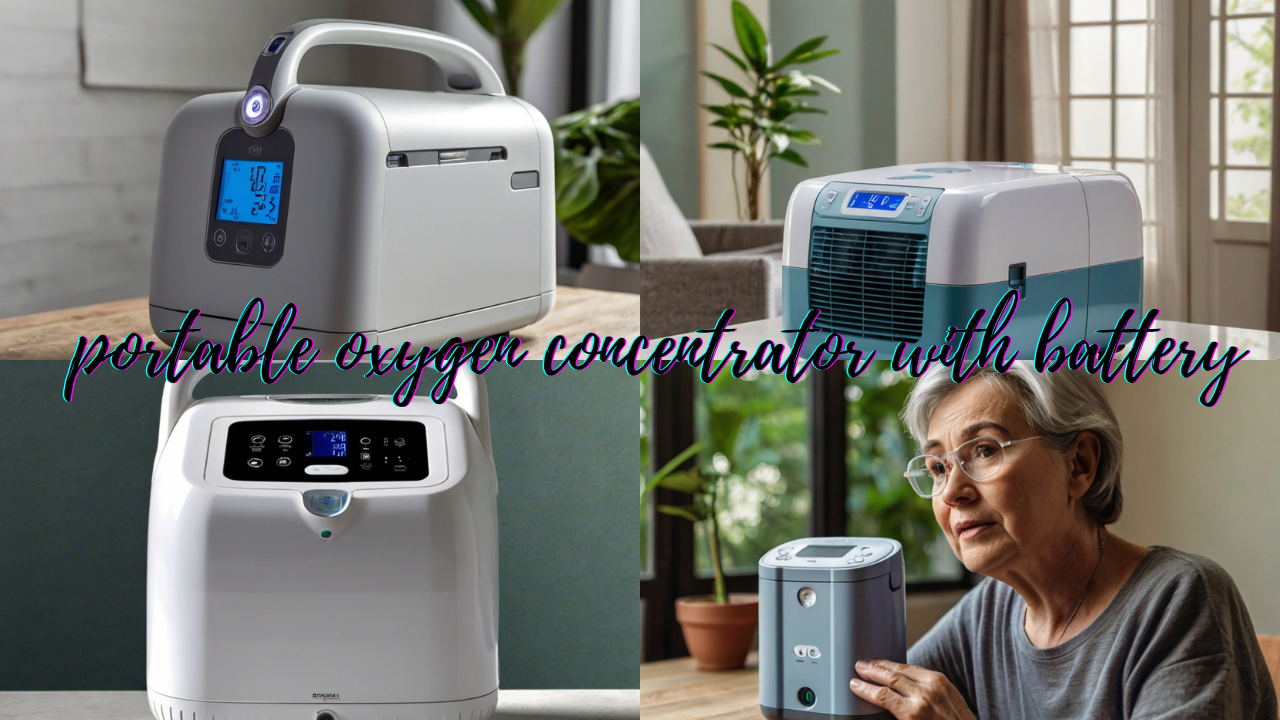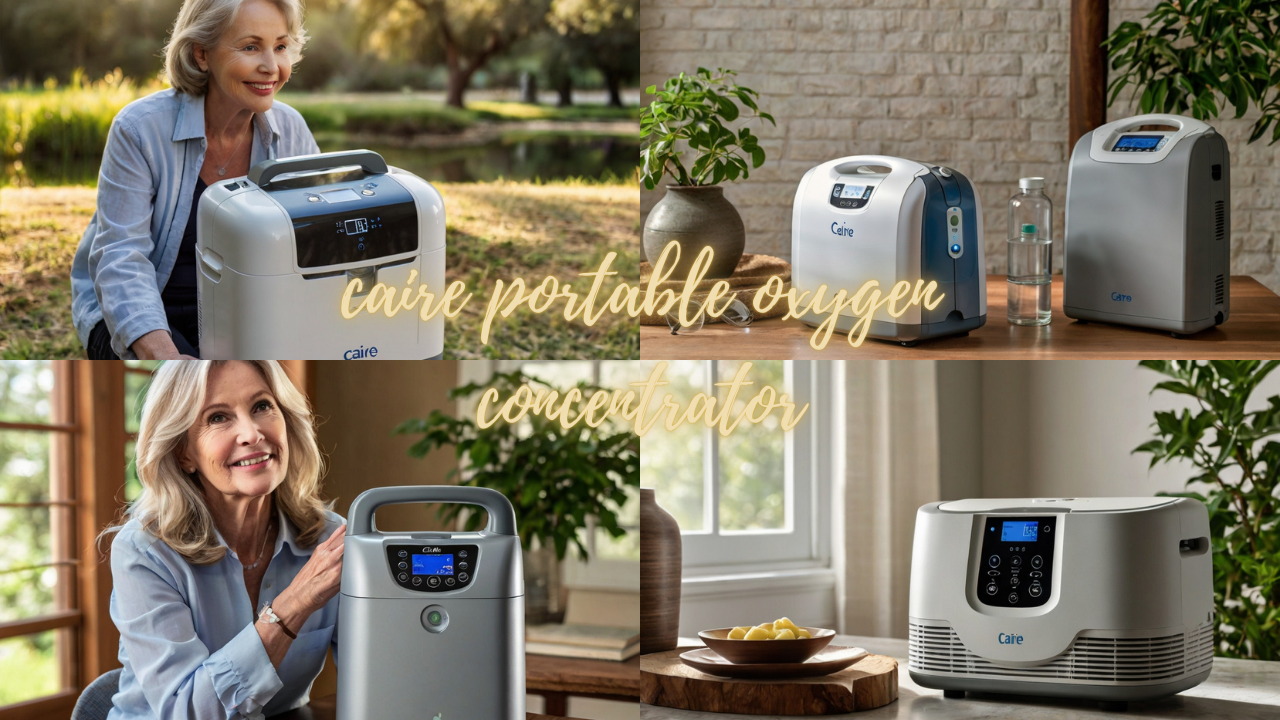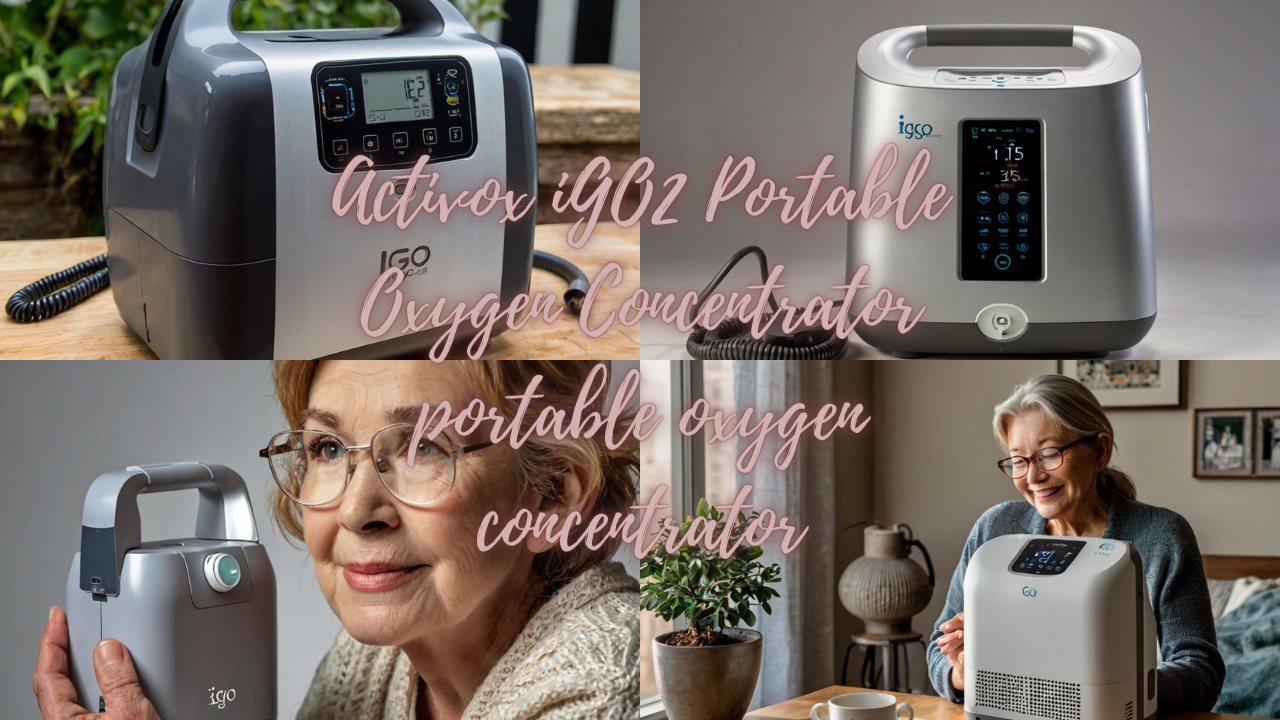A lot of people find that breathing is both easy and important. Millions of people around the world, though, have lung problems that make it hard to even gasp for air. These problems can be caused by things as common as asthma or the complications of getting older. Portable oxygen bottles are a life-saving innovation in this important space. They give people a vital breath of freedom and safety.
Learning how to use a portable oxygen bottle can be both powerful and freeing if you’re one of the growing numbers of people who depend on it to stay alive. This is especially true for people who love to travel and don’t stop when they need to breathe. Find out exactly what portable oxygen is, why it’s useful, and how to use it so that your next trip is safe and exciting.
The Lifeline of Portable Oxygen
Portable oxygen tanks, or bottles, are containers filled with concentrated oxygen. They are the best way to treat serious breathing problems when you need to be mobile. There are sleek aluminum flasks that are small enough to fit in a bag or pocket and bigger ones that can last for days but are still easy to carry.
The fact that they are portable makes sure that the Earth’s life-saving and life-improving geology doesn’t get in the way of living a good life. But making a choice doesn’t end when you decide you need one; there are important things to consider.
Choosing the Right Oxygen Bottle Size for Your Needs
The first step is to ascertain your oxygen needs and how long you will be away from bigger oxygen supplies, like a concentrator. For a short trip or around-town mobility, a smaller 8 to 10-liter tank may suffice. For lengthy outings, 15-liter or larger tanks might be the prudent choice. It’s always better to lean on the side of excess, within reason, rather than risk running out of oxygen beneath the waves of your next scuba adventure.
Understanding the Mechanics of Your Portable Oxygen Bottle
An oxygen tank isn’t just a “take-as-needed” solution. It’s a delicate balance of pressure release systems and flow regulators designed to deliver the right amount of oxygen with every breath. Familiarize yourself with its parts—the cylinder, valve, and regulator—before you’re in a bind and need to become one with these life-saving devices swiftly.
Carrying and Storing with Care
Oxygen, by its very nature, fuels life with remarkable efficiency. However, it’s also highly combustible. A portable oxygen tank should always be stored in a properly ventilated space. Safety instructions must be noticed, and common sense should be on high alert. Carry your tank securely, striving to keep it as upright as possible to avoid accidental release of pressure or spillage, which can have hazardous outcomes.
Breathing with Freedom: Using A Portable Oxygen Bottle
The user manual for your particular oxygen system is more than just recommended reading; it’s mandatory armament.
Connecting and Adjusting Your Oxygen Equipment
Proper connection involves threading the valve carefully and exactly, ensuring a snug, not forceful, fit. Afterward, the flow rate, measured in liters per minute – must be set to your prescribed dosage. More is not better in this case; balance and moderation are the breath and butter of this process.
The Importance of Regular Maintenance
Check for any leaks, no matter how small, that could be invisible but dangerous. Also, keep an eye on the levels within.
Most importantly, before you pack all the important items needed for your adventure, ensure the oxygen bottle has been refilled or replaced, as the adventure of life stops for no one.
Traveling by air with oxygen on board
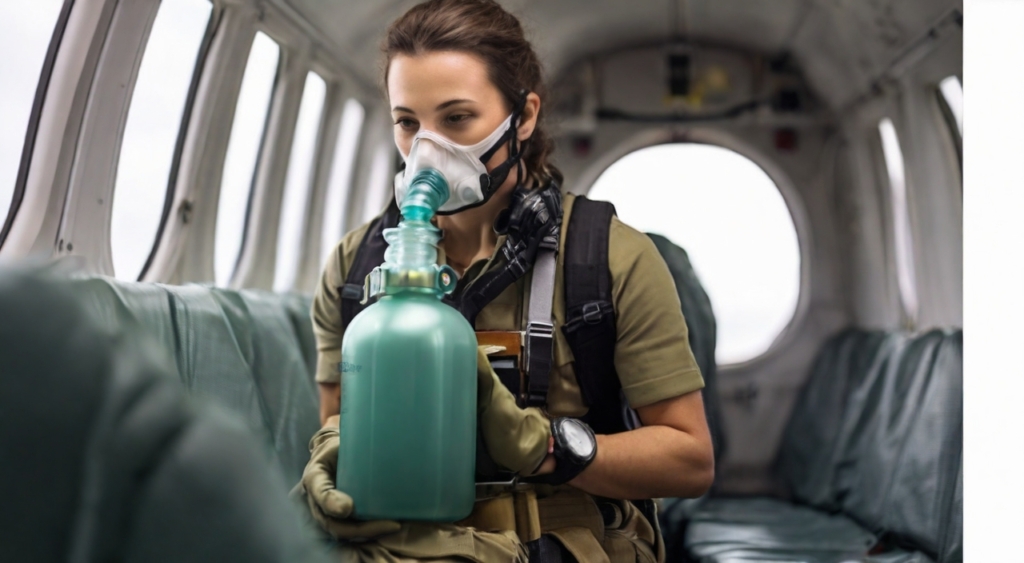

One of the modern world’s most miraculous feats is air travel, and its wonders should still be accessible to those who may need a portable oxygen tank.
Airlines and Oxygen Policies
Regarding oxygen rules, only some flights run the same way. Each airline may have different rules, especially if the oxygen tank will be used during the trip. Some may bring their own, while others may have strict rules about what can be brought on board. Get in touch with your preferred flight early to ensure you can fly with oxygen-rich peace of mind.
Preparing for Oxygen Use During Flight
When taking a plane, the best thing to bring is a portable oxygen concentrator (POC). These are allowed during flights and can often be shared with the airline to ensure smooth operations.
Stay Safe, Stay Informed
The air in aviation lauds innovation, but it bears underscoring that safety is everyone’s air and should factor in all decisions, from takeoff to touchdown.
In summary, the unbelievable capabilities of portable oxygen tanks marry heartily with a sense of adventure, but they also demand an unyielding sense of responsibility. Engage in every breath with knowledge and mindfulness; the world becomes oxygen’s oyster.
The Environment and Your Oxygen
Oxygen is a finite, vital part of Earth’s biosphere. Awareness of your environmental impact echoes the duty of care you apply to your portable oxygen bottle but on a grander scale.
Reducing Waste
Consider using a refillable oxygen tank if options are available in your area.
Being a Conscious Adventurer
Choose journeys that tread lightly, and consider offsetting your carbon footprint where possible. Your breath’s breath in the large scheme of the world’s ecology is just one of many symbiotic considerations worth safeguarding.
Breath by breath, we inhale oxygen and the life sequences that sustain our days. May your portable oxygen tanks be the sturdy yet silent sidekick to the magnificent screenplay that is your life.
Types of Portable Oxygen Bottles
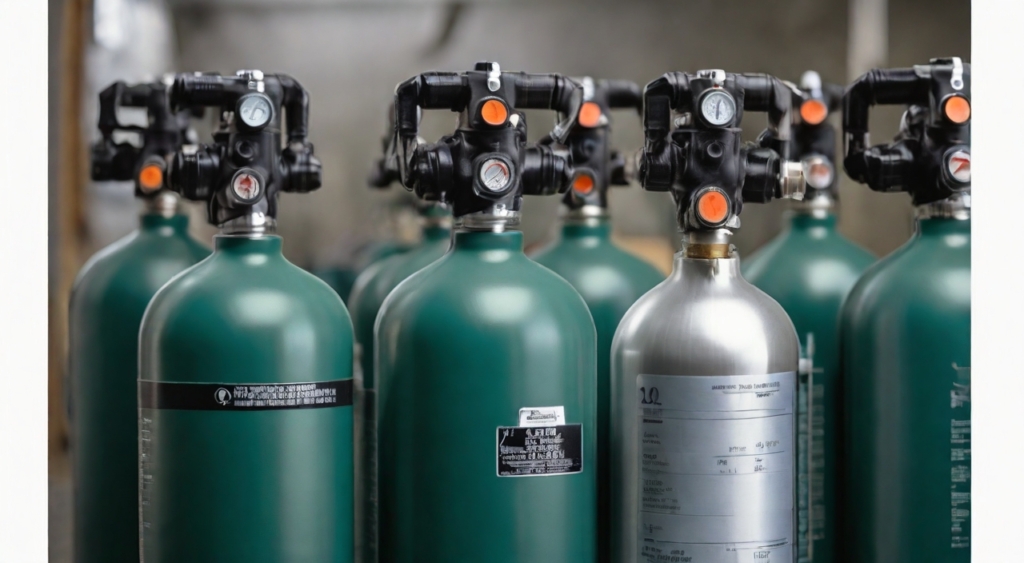

POCs come in various sizes and capacities to cater to different user requirements:
- Small and Portable: Ideal for daily activities and short trips due to their compact size and lightweight design.
- Backpack Units: Offer increased oxygen capacity and can be comfortably carried on the back during daily commutes or outings.
- Stationary POCs: These larger units are primarily for home use and provide a continuous flow of oxygen.
FAQs on Portable Oxygen Bottles
Can I buy a portable oxygen bottle without a prescription?
No. Portable oxygen bottles are medical devices and require a doctor’s prescription to ensure safe and appropriate use.
How long do the batteries in a portable oxygen bottle last?
Battery life varies depending on the model, flow rate settings, and usage patterns. Most POCs can operate for several hours on a single charge.
Can I travel with a portable oxygen bottle?
Yes, but you need to contact the airline beforehand. Airlines have specific regulations regarding the size, weight, and battery type of portable oxygen concentrators allowed on board.
How much do portable oxygen bottles cost?
Costs can vary depending on the model, features, and supplier. Consulting with a healthcare provider or medical equipment supplier is recommended for accurate pricing information.
Are there any side effects associated with using portable oxygen bottles?
In most cases, portable oxygen bottles are well-tolerated. However, some individuals may experience dryness or irritation in the nasal passages. Consult your doctor if you experience any discomfort.
What are the advantages of portable oxygen bottles over traditional oxygen tanks?
POCs offer several advantages:
- Lighter and more portable: They are easier to carry and maneuver than bulky oxygen tanks.
- No need for refills: POCs eliminate the need for frequent refilling of compressed oxygen.
- Quieter operation: Unlike traditional oxygen tanks, POCs operate silently.


